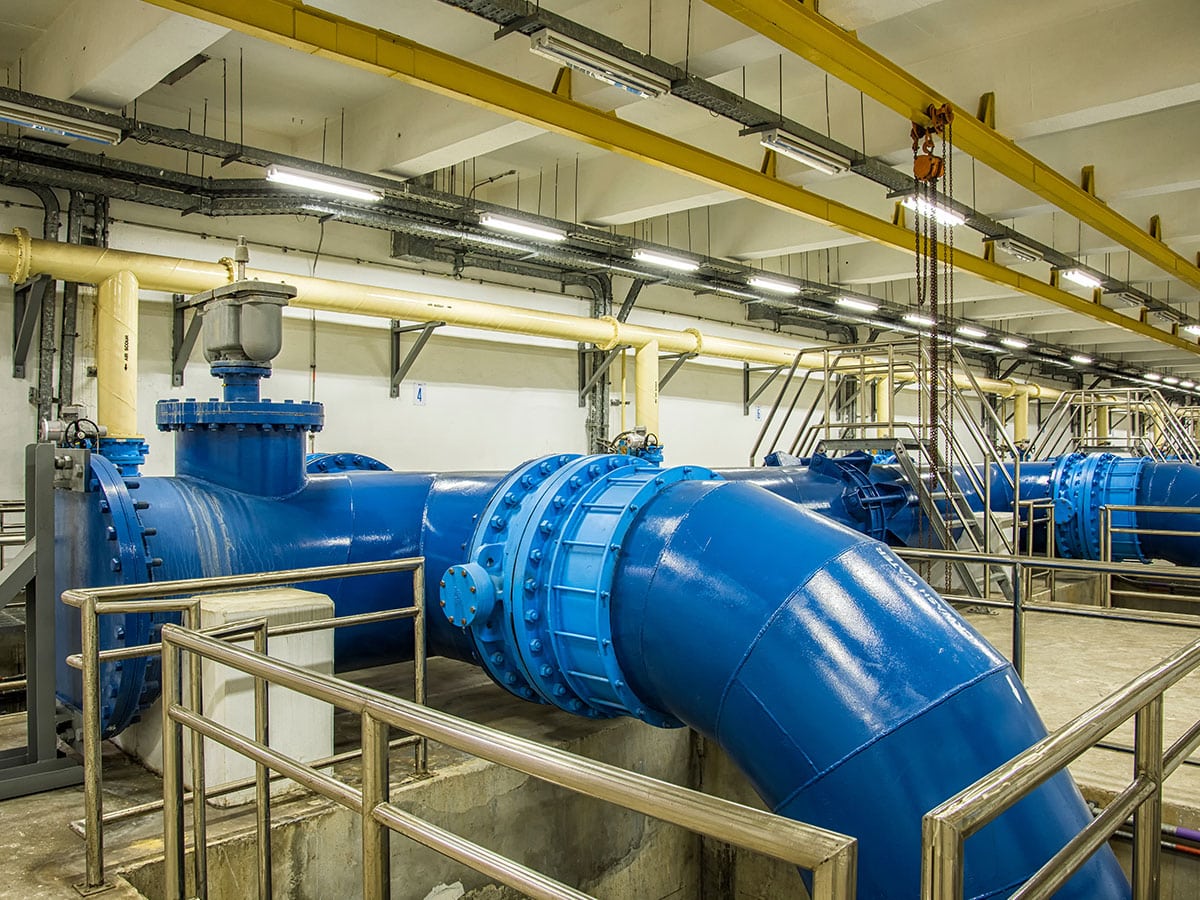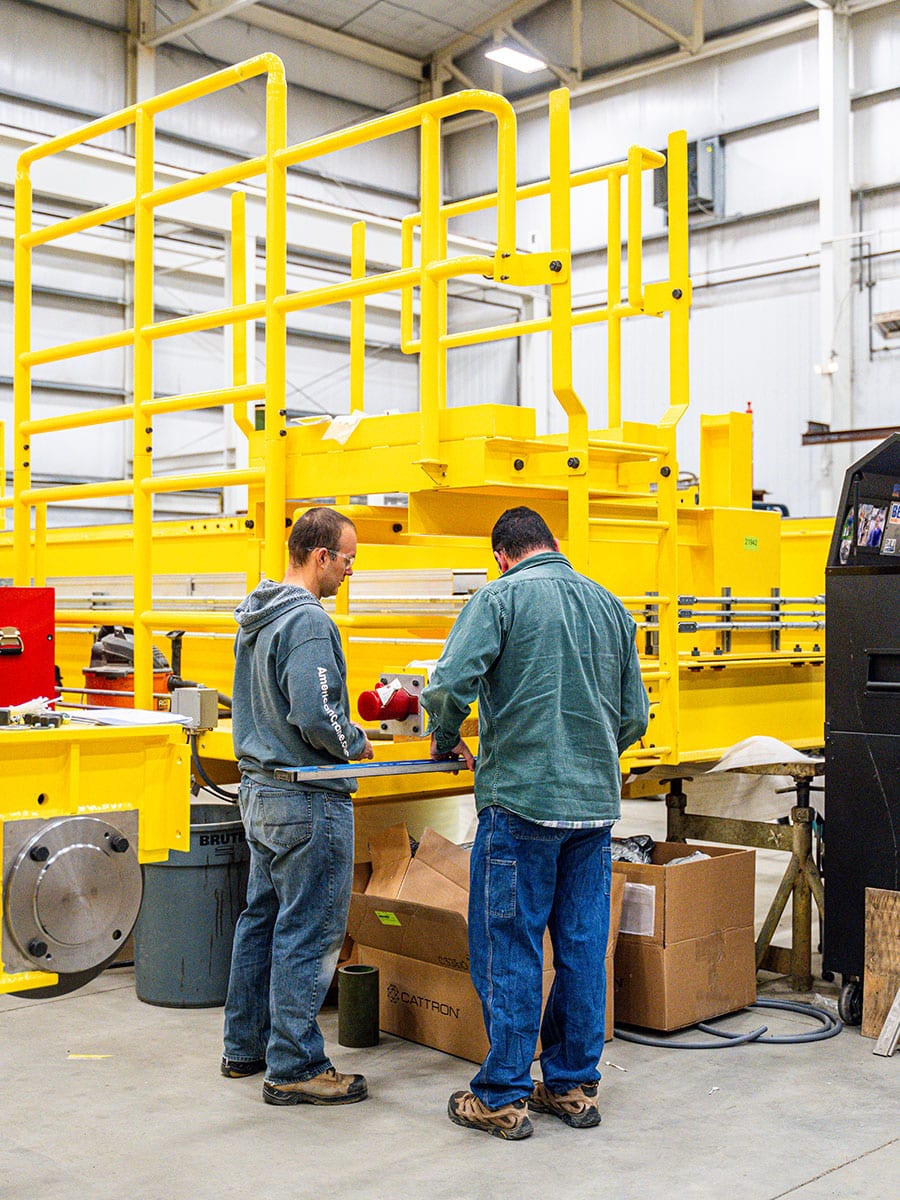Efficient Disposal of Hazardous Industrial Sludge
Sludge Handling
Sludge, a residual semisolid waste produced during industrial wastewater and energy production, poses significant dangers to humans and the environment. Therefore, it is crucial to handle it safely and efficiently. Proper sludge handling is essential for disposing of many discarded resources cost-effectively.
Several standard methods for removing sludge are available, including centrifugation and direct and indirect drying. Centrifugation involves separating liquids by material density, while heat evaporates water and reduces materials’ moisture content through conduction, convection, or radiation. Direct drying removes moisture from the material via evaporation, utilizing rotary or fluidized bed dryers, where hot gases come into contact with the material. Indirect drying removes moisture from the material through contact with a heated metal surface, achieved via paddle, disc, or hollow flight dryers.
Elevating Waste Management with ACECO’s
Cranes and Hoist Systems for Sludge Handling
Employing high-quality, reliable biomass cranes and hoists will help ensure safe and efficient sludge handling while keeping down costs. Specifically designed for handling waste, garbage, sludge, and other hazardous materials across a wide range of industries, these hoists and lifts are especially important in the waste-to-energy industry.
Below are some of the most common types of biomass cranes:
- Automatic Waste Handling Cranes: Designed for continuous operation with capacities of 3.2 to 10 tons, ideal for waste mixing, stacking, and stirring in incinerators.
- Slag Handling Cranes: Used for distributing slag and loading onto trucks, these cranes have lifting capacities of 5 to 10 tons.
- Biomass Handling Cranes: Offering versatility with up to 20 tons lifting capacity, ideal for various biomass materials.
- Sludge Handling Cranes: Tailored for semi-fluid sludge, these cranes are built to endure harsh environments, with capacities of 5 to 16 tons.
- Straw Bale Handling Cranes: Suitable for high-humidity, dusty environments, with the ability to handle 10 to 20 tons and continuous operation.
ACECO’s biomass cranes and hoists are engineered to meet the unique demands of the waste-to-energy industry, offering reliability, performance, and safety in every aspect of sludge handling.
Reliable Cranes for Effective Waste Handling
Reliable Sludge Handling Cranes for the Waste-to-Energy Sector
At ACECO, we specialize in providing the waste-to-energy sector with top-notch sludge-handling cranes. Our cranes are meticulously designed to prioritize safety and durability, exceeding industry-specific standards. From ¼-ton hoists to heavy-duty 1,000-ton overhead machines, our load management solutions cover service classifications A through F.
Each unit undergoes rigorous in-house quality assurance and is thoroughly tested before leaving our facility. We are committed to offering comprehensive waste management solutions and sludge removal equipment. Contact us today to explore how our expertise can contribute to your upcoming projects.




